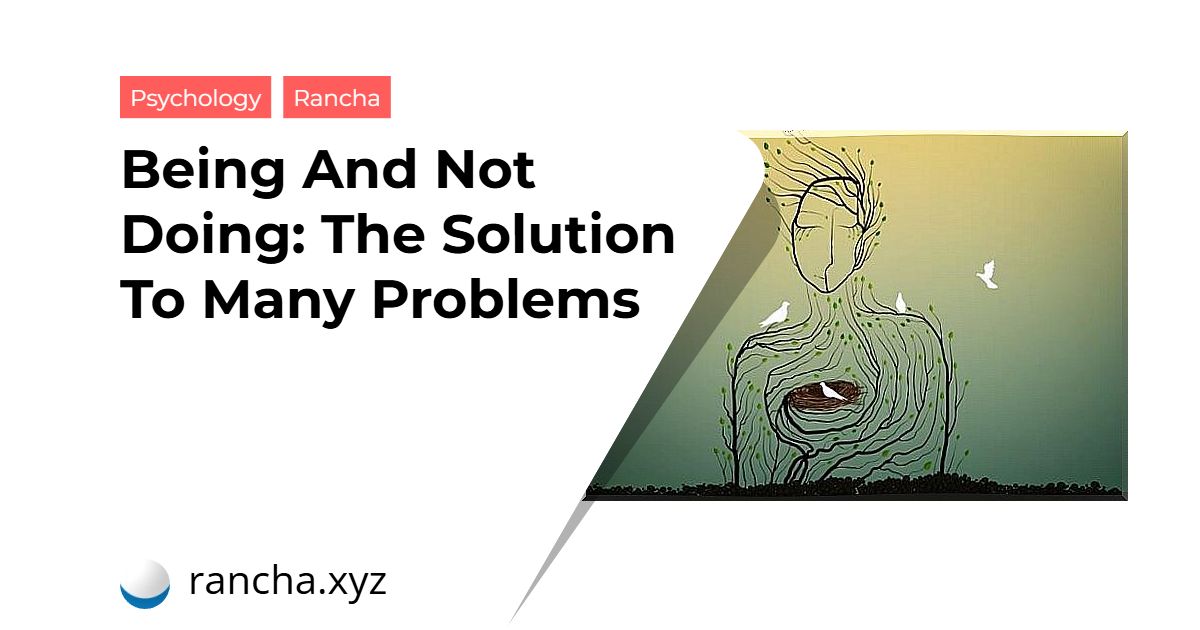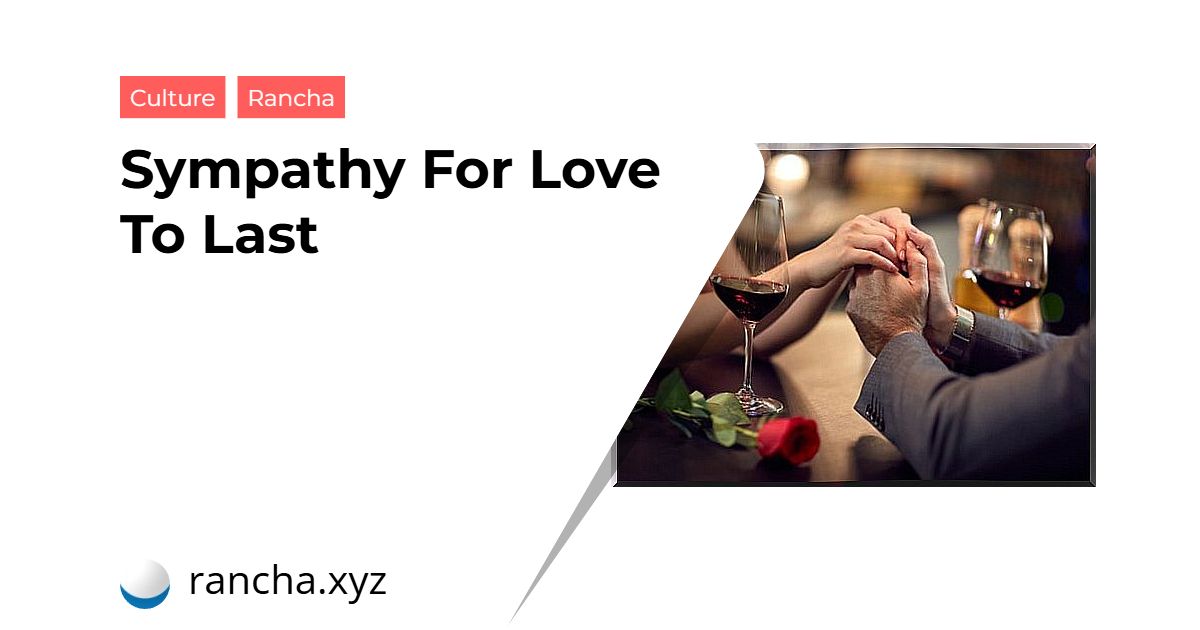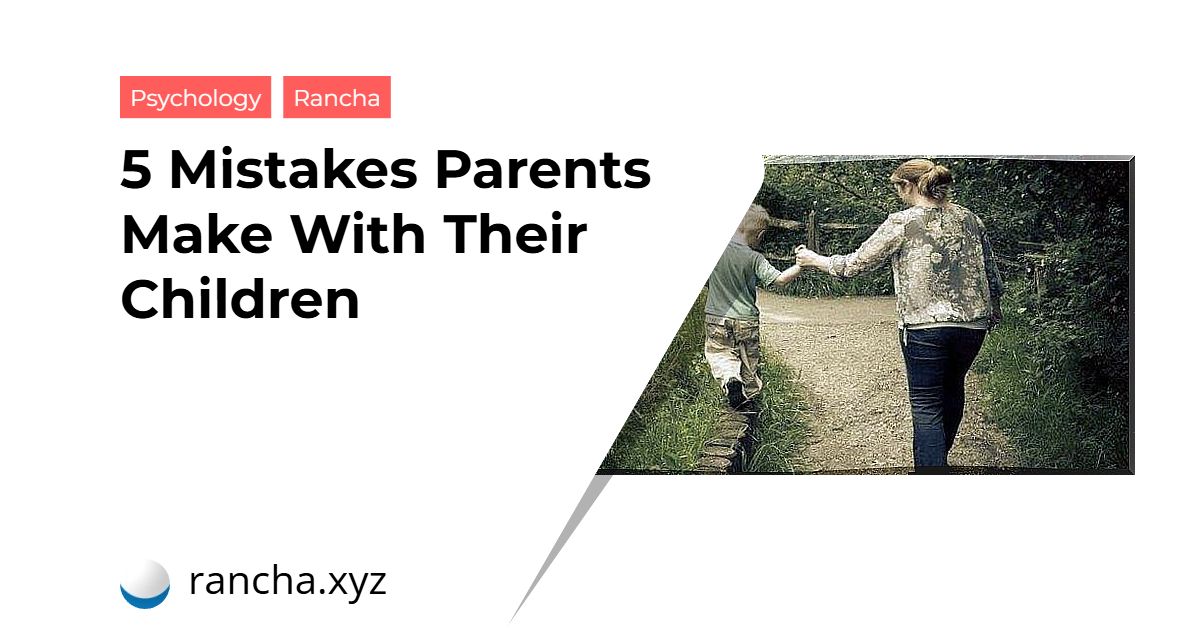One of the first questions we ask when we have a problem is: what should I do? Instantly, we reflect on the different possible alternatives to act. However, some issues are not resolved after this exercise. They are repeated, or simply postponed, but not resolved. That’s because maybe we should focus on being, not doing.
At first this may sound a little abstract, but in reality it is a very concrete idea. Some problems are not resolved because the solution is not to take some specific action to end them. What they require is a change, whether in focus, attitude, or some aspect of personality. That’s why people talk about being and not doing.
Doing becomes useless when the origin of a difficulty is in being. Think, for example, of someone who repeatedly tries to get his partner to pay more attention to him. He often complains and wants to be respected. However, that doesn’t solve what happens. Perhaps the appropriate thing is not to affirm (do), but to review what is behind your frustrated need for attention (to be).
To be, and not to do, in different circumstances
The first idea to emphasize is that we often cannot define a problem or indicate what is really problematic. Often what prevails is the desire to get rid of it. We see this solely as a discomfort or a threat that must be dealt with as quickly as possible.

This often leads us to hurry. At first the action, or reaction, is activated long before a reasonable analysis of the situation has been completed. Being inactive for a while is not an option for many. That’s why it is said that we have arrived at a time that does not belong to the human being, but to “doing human”.
The most practical and material problems are usually solved by doing something. If the key breaks, it must be repaired. This does not require further reflection, as it is a visible difficulty, which can be specified, and against already established action protocols. In the face of more abstract problems, the situation is different. That’s when it becomes important to be and not to do.
The attitude towards a problem is a personal creation
Everyone is building a particular way of reacting to problems. While some see them as a challenge that piques their interest, others take it as a risk that must be quickly eliminated. This is the first aspect where the being enters the game, not the doing. It is in being that a difficulty is given meaning, where an attitude towards it is forged.
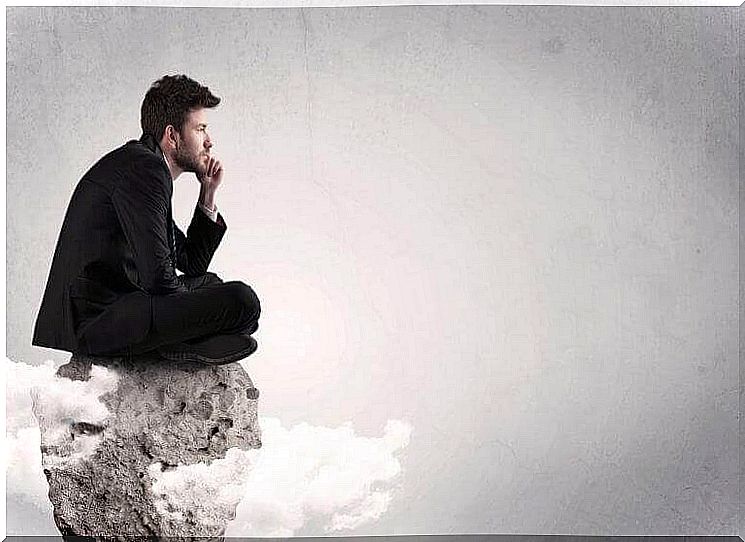
Sometimes we gain a lot when we observe and evaluate our own attitude toward a problem. Would a more constructive idea help us to solve it? Has this difficulty been presented before? Was what we did to solve it effective or not? The first thing that occurs to us is to do the same thing that has been ineffective in the past?
Being, and not doing, means advancing in these reflections and seeking approaches that include a look at what we feel and think, given what happens to us. It is very likely that the way we see the problem and the attitude we assume towards it are what is determining its continuation or its solution.
Observe, accept and understand
Being, and not doing, involves eliminating automatisms in the face of difficulties. If someone attacks you, perhaps the most reasonable thing is not to attack back. If something fails, it may be best not to try to minimize or hide that error. If things don’t work out with the couple, it’s likely that the way out isn’t blaming the other.
It’s good to try not to get carried away by our immediate beliefs. Also don’t rush into trials and don’t deny or walk away from problems. Instead, it might be a good idea to observe the difficulty with an open mind, without judgments or prejudices that alter perception. Accept that there is a problem, without being filled with anguish. And be guided to understand what is really happening and how we contribute to it happening.
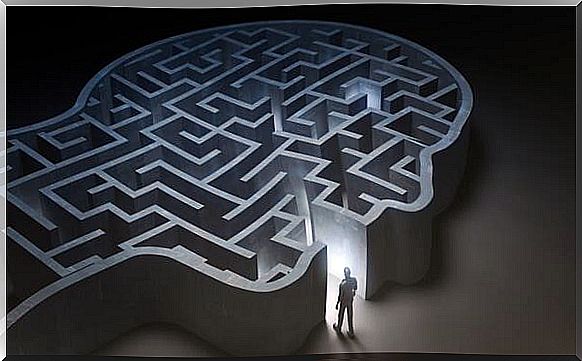
In other words, if we balance our being and connect with ourselves before taking action, we will likely be more successful in the way forward. To be and not to do. Rediscovering ourselves before taking the next step. Looking inside ourselves, not outside. Working on who we are so that what we do rises to the next level.
 rancha.xyz Be free to choose their own route to self-knowledge, health and balance of body and soul.
rancha.xyz Be free to choose their own route to self-knowledge, health and balance of body and soul.
